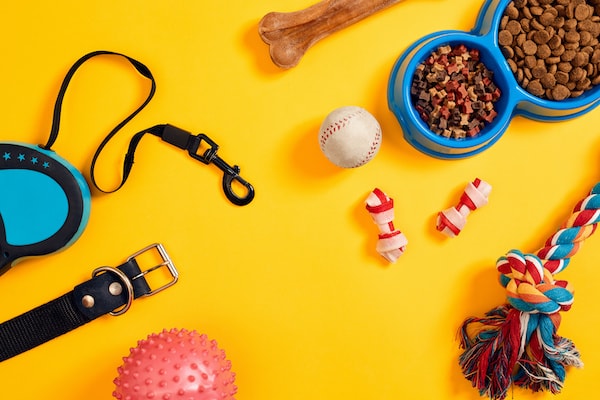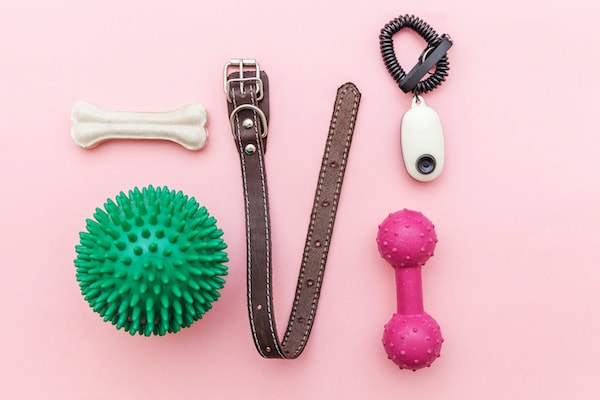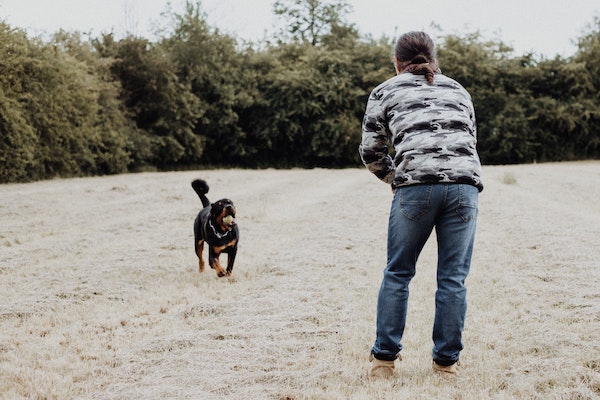Training tools make the process of teaching your dog basic commands more effective and fun. With the right training tools, your dog will easily and quickly learn everything you’re teaching. However, choosing the right training tools for your canine companion can be one of the most challenging decisions you’ll ever make. You’ll need to consider a number of factors including their size and function and your dog’s needs.

In this article, you’ll learn about some of the most important things to consider when choosing a training tool for your pet.
Contents
1. Consider Your Dog’s Personality
Training your dog without any basic tools can reduce your chances of success. Training tools are cheap and effective, and you’ll definitely find them to be very useful in the long run. These tools can be bought at a local pet store or online pet supply store.
However, choosing the right one for your pet can be confusing. It’s definitely a good idea to consult resources like mybestbark to compare your options and assess which one best meets your pet’s needs.
An important consideration when choosing a training tool is the kind of personality your dog has. You’ll need specific training tools if your dog is active and playful, as is the case with breeds such as the miniature poodle or dalmatian.
You’ll also need a different set of tools for strong breeds such as a German Shepherd or a Staffordshire bull terrier, which are known to be very intelligent and protective of their masters. All in all, it is a good idea for you to consider your pet’s personality, lifestyle, and preferences before you buy your training tools. This will help you avoid buying something that doesn’t really align with your dog’s needs.
2. What Behavior Are You Looking To Correct?
If you’re trying to correct negative behavior, consider getting a shock collar. This collar will keep your dog from engaging in any destructive or adverse behavior like scavenging or aggression. The collar will emit an electric shock when they get off track.
This is important so that your dog engages in the types of behavior that you’re trying to curtail while they’re inside or outside your home. Don’t worry because the shock administered is completely safe and won’t cause any lasting harm to your pet.
3. How Strong Is The Training Tool?
Another vital factor to consider when picking a suitable dog training tool is knowing how durable it is. For example, when choosing a leash, make sure that it’s sturdy enough and will last you for a long time. Some trainers recommend that you use leather or nylon straps because they offer a better grip and reduce the likelihood of snapping or slipping from your hands.
4. The Function of The Training Tool
It’s important to remember that dog training tools are different from toys. You don’t want to use toys as training tools because dogs are brilliant creatures, and they will learn much faster if you treat playtime and training lessons as completely separate things.

While toys offer great fun for your dog, they can also teach them bad habits and just increase your frustration. For this reason, make sure you’re using a training tool that has a specific purpose.
For example, if you have a large dog that’s very curious, consider getting a clicker, a strong collar and leash, or a tether. More importantly, you’ll also want to make sure that your training tool fits your dog comfortably.
5. Ease of Finding The Training Tool
Sometimes, finding the right training tools isn’t always easy. For example, some dog training products such as shock collars can be quite challenging to find.
If you want to buy a collar, you may have to travel a little to get the brand or the model you want, and this isn’t an ideal scenario if you don’t have much time to spare. You should instead get the right training tool that’s more accessible and price-friendly.
6. Age of Your Dog
Choosing the right tool for your dog will also depend on the age of your dog. Some training devices are best suited for young puppies, while others are best suited for older dogs.
Remember, most dogs can be trained with minimal assistance, which is why you shouldn’t spend too much money on your dog’s training tools. You can use tools that are cheap but will help in teaching them basic commands.
7. Ease of Use
If you’re a new dog owner or if it’s your first time to train your pets, choose a suitable training tool for your pet that’s easy to use. This can be quite a challenge for most people, given the seemingly endless sea of dog training tools out there. One useful tip that will help you make an informed decision is how easy using the training tool is.
It’s best to choose a training tool that has a detailed guide or basic information about how to use it on your dog. This is especially true for potentially dangerous training tools like a shock collar. You want to reduce, and even eliminate, any risks that your dog will face during the process.

Ideally, you also want a tool that’s easy to adjust and will make your dog feel safe. For example, get a good leash that is long enough to allow your dog to walk freely, but not too long that it’s uncomfortable or challenging to handle.
You also should only get a tool which you understand how to use, to avoid harming your dog in any manner. Instead, invest in a training tool that won’t make your dog feel irritated while you’re training them.
Takeaway
There are many factors to consider when it comes to choosing dog training tools. Do your research before you decide, so your training efforts won’t go to waste. At the same time, remember that even the most expensive tools may not be sufficient if you don’t know what you’re doing or if your dog isn’t motivated enough. In cases like this, you may need to hire a professional dog trainer to get the results you want.
